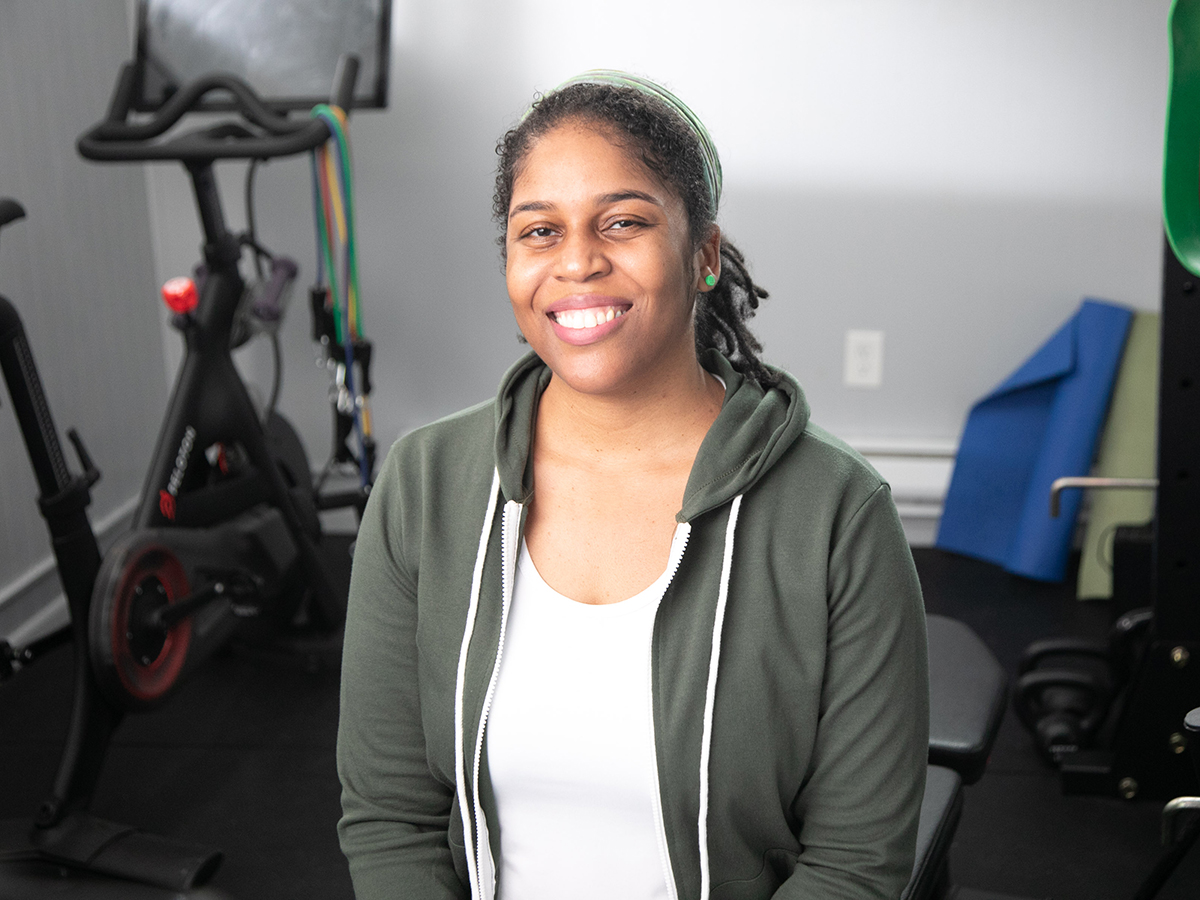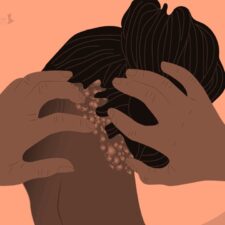
This article is sponsored by argenx
Living with MG doesn’t mean you can’t be active—discover Vanetta’s MG journey and how she stays active as a personal trainer.
It’s important to consult with your care team before beginning any exercise program. Check with your doctor to make sure that any exercises you want to try are safe and suitable based on your physical condition and where you are in your MG journey.
What is myasthenia gravis?
Myasthenia gravis (my-us-THEE-nee-uh GRAH-vis), also called MG, is a rare autoimmune, neuromuscular condition that causes muscle weakness and fatigue.1 In fact, the name literally means “serious muscle weakness.”2 MG is not genetic (inherited), and it’s not contagious.2-4 It affects people of all ages and races, but it is slightly more common in women 20 to 30 years old and in men 50 to 60 years old.5
MG symptoms may appear differently for each person; some people may have a couple, while others may have multiple. Some symptoms may include6-8:
- Eyelid drooping
- Blurred or double vision
- Difficulty speaking, chewing, swallowing
- Choking
- Difficulty supporting neck
- Shortness of breath/difficulty breathing
- Weakness in the arms and legs
- Difficulty walking/standing
- Fatigue from repeated muscle use
While there is no cure, MG symptoms can be treated.

MG and exercise
If you or someone you love is living with MG, depending on the extent of one’s MG symptoms, exercising may seem like a lofty goal. Additionally, symptoms like muscle weakness and fatigue may make it challenging to maintain an active lifestyle.7,9
But exercise is an important part of maintaining both physical and mental health and, if recommended by your healthcare team, can be a part of your life with MG.9,10 If you decide that exercise is something you’d like to try, it may be best to consult with your doctor, agree on a plan and then start out small. It’s important to follow the plan as directed by your healthcare team.
Vanetta’s story
A popular honor student and step team captain, Vanetta was a classic high school overachiever with energy to spare. Fitness was always a huge part of Vanetta’s life, but when she began experiencing MG symptoms and was eventually diagnosed with MG, her active lifestyle came to a halt.
Over time, Vanetta has learned how to slowly integrate physical activity back into her life. She makes adjustments when her muscles are weak and gives herself grace when her body needs rest.
“I may be weak, but I’m strong.” Vanetta started using the phrase as a code among her close-knit family to let them know how her symptoms were each day. But now, it’s become a personal mantra to help her deal with MG.
Today, Vanetta is a mother to a young daughter and works as a personal trainer who specializes in helping clients with MG. You can learn more about her story in the award-winning documentary, A Mystery to Me.
In the video above, Vanetta demonstrates five MG-friendly exercises that are tailored for all levels. And, if you’re looking for more, check out Vanetta’s video for stretching while living with MG.
Always consult your healthcare team before changing or starting an exercise routine.
References
- Hehir MK, et al. Neurol Clin. 2018;36(2):253-260.
- National Institute of Neurological Disorders and Stroke. Myasthenia gravis. U.S. Department of Health and Human Services; 2020. NIH publication 20-NS-768. Accessed June 11, 2024. https://www.ninds.nih.gov/sites…
- Ramanujam R, et al. Twin Res Hum Genet. 2011;14(2):129-136.
- Szobor A. Acta Med Hung. 1989;46(1):13-21.
- Mantegazza R, et al. Ann N Y Acad Sci. 2003;998:413-423.
- Grob D, et al. Muscle Nerve. 2008;37(2):141-149.
- Myasthenia gravis (MG): signs and symptoms. Muscular Dystrophy Association. Accessed June 11, 2024. https://www.mda.org…
- Twork S, et al. Health Qual Life Outcomes. 2010;8:129.
- Gilhus NE, et al. Nat Rev Dis Primers. 2019;5(1):30.
- Mikkelsen K, et al. Maturitas. 2017;106:48-56.








